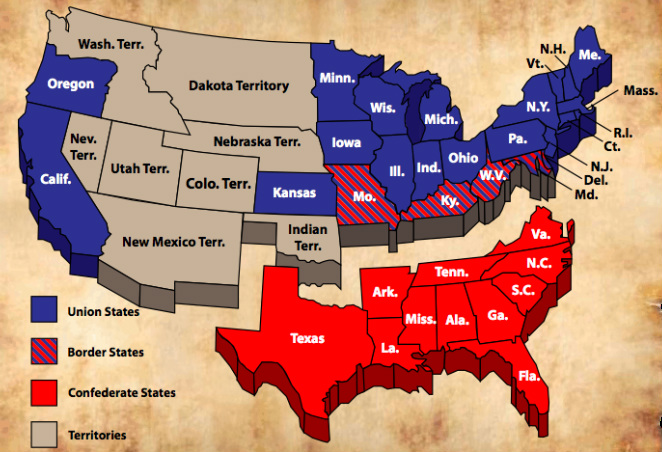

The admission of new western states to the union in the post-Civil War era created a new voting bloc, and both parties were vying for its attention.ĭemocrats seized upon a way of ingratiating themselves to western voters: Republican federal expansions in the 1860s and 1870s had turned out favorable to big businesses based in the northeast, such as banks, railroads and manufacturers, while small-time farmers like those who had gone west received very little.īoth parties tried to exploit the discontent this generated, by promising the general public some of the federal help that had previously gone to the business sector. (Image credit: Shutterstock) Big governmentĪccording to Rauchway, they, like Republicans, were trying to win the West. The highly influential Democrat William Jennings Bryan. The party's small-government platform cemented in the 1930s with its heated opposition to Roosevelt’s New Deal.īut why did Bryan and other turn-of-the-century Democrats start advocating for big government? Only gradually did Republican rhetoric drift toward the counterarguments.


"Instead, for a couple of decades, both parties are promising an augmented federal government devoted in various ways to the cause of social justice," Rauchway wrote in an archived 2010 blog post for the Chronicles of Higher Education. (Image credit: Keystone Features / Stringer via Getty Images) How did party switch happen?Įric Rauchway, professor of American history at the University of California, Davis, pins the transition to the turn of the 20th century, when a highly influential Democrat named William Jennings Bryan (best known for negotiating a number of peace treaties at the end of the First World War, according to the Office of the Historian) blurred party lines by emphasizing the government's role in ensuring social justice through expansions of federal power - traditionally, a Republican stance.īut Republicans didn't immediately adopt the opposite position of favoring limited government.


 0 kommentar(er)
0 kommentar(er)
